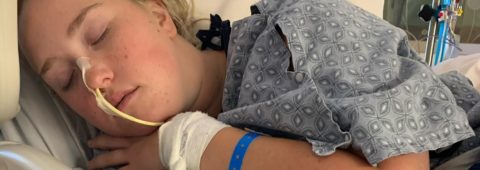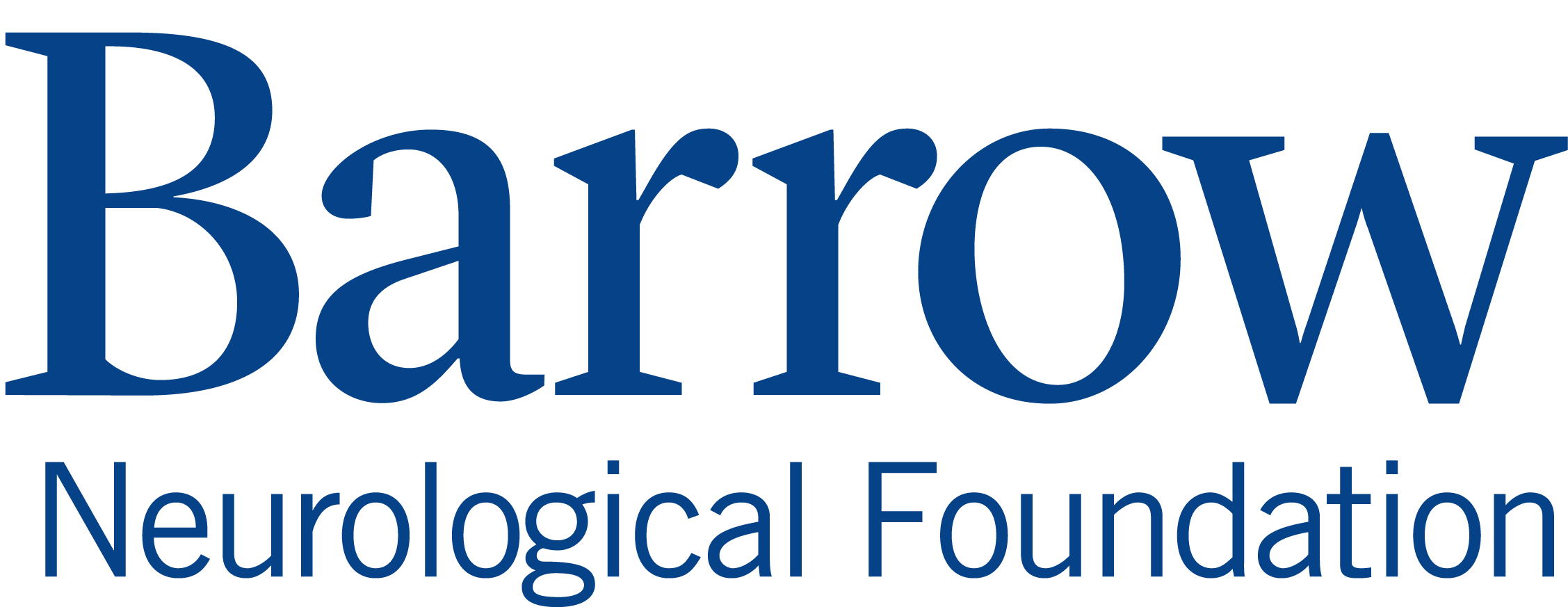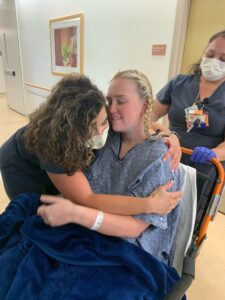
College Graduate Gets a Second Chance at Life After AVM Rupture
Morgan Bailey had a lot to look forward to in the summer of 2021. She had just graduated from college and had recently received her acceptance letter to the Sandra Day O’Connor College of Law at Arizona State University. The future seemed bright, and Morgan felt as though nothing could stop her from achieving her dreams. Then, the unthinkable happened. In a matter of seconds, her life changed forever.
On May 30, 2021, Morgan was attending a graduation when a piercing pain sliced through her head. Her vision blurred and the world suddenly went dark. Panicked voices filled the air as everyone around her tried to figure out what was happening. The horrifying realization hit Morgan’s mother, Robin Bailey, first.
Four years prior, when Morgan was a senior in high school, she fell one day at school and hit her head. What at first seemed like a minor incident became a dire situation when she woke up the next morning paralyzed on one side of her body. Morgan then received a troubling diagnosis: she had three arteriovenous malformations (AVMs) – abnormal tangles of blood vessels – in her brain. However, because of their size and location, surgery was not a viable option.
At that moment, Robin knew what she had feared most had come true: all three of Morgan’s AVMs had ruptured at once. This caused severe hemorrhaging in her brain at an alarming rate. By the time the paramedics got there, Morgan had gone into cardiac arrest and needed to be intubated. With every second that passed, Morgan’s life hung in the balance as the bleeding intensified. Recalling the terrifying experience, Robin says, “I knew immediately that we had to get Morgan to Barrow, and quickly. It was the only place I knew of that specialized in this type of thing. It was our only hope.”
Once Morgan was stabilized, she was transferred to Barrow Neurological Institute. There, President and CEO Michael T. Lawton, MD, performed an emergency surgery to stop the bleeding. He saved Morgan’s life. “Thank God we got her to Barrow and that Dr. Lawton was there to do the surgery. We were at the best place and in the best hands possible,” Robin says.
Morgan spent weeks in the Neuro-ICU at Barrow recuperating from the surgery, and Robin says the care couldn’t have been better. “Everything was phenomenal. The Neuro-ICU nurses were truly some of the most amazing people I’ve ever met, and they were so good about explaining everything and updating me.” From there, Morgan worked with Barrow Neuro-Rehabilitation therapists to relearn how to walk and use the right side of her body, which was paralyzed after the AVMs ruptured. For someone whose chances of survival were so slight at first, Morgan’s recovery was a true miracle.
A little over a year later, Morgan is still making tremendous strides in her recovery. The entire experience has inspired her to live life to the fullest and enjoy every moment of it. That’s why Morgan and Robin have decided to dedicate the entire upcoming year to something they both love: music. They are mapping out concerts all over the country. Next year, they hope to travel throughout Europe. Morgan also plans to develop a blog about her journey to inspire others suffering from AVMs and show them that recovery is possible. Reflecting on how far her daughter has come, Robin says, “I could not be more grateful to Barrow and everyone who played a part in Morgan’s recovery. I have them to thank for having her here with us today.”





